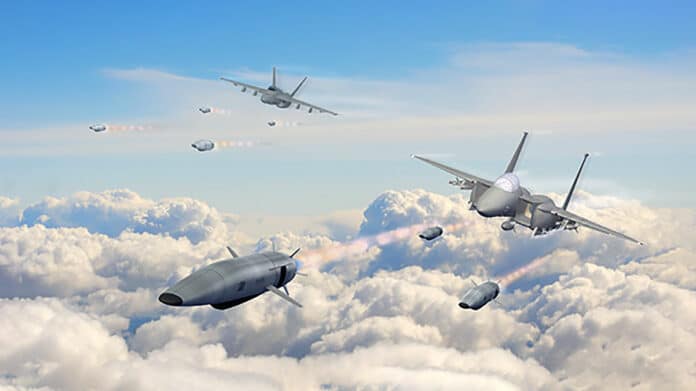Raytheon has received a contract from the United States Defense Advanced Research Projects Agency (DARPA) to develop Gambit, an air-breathing propulsion demonstration program that uses a novel rotating detonation engine.
The program aims to demonstrate the feasibility and performance of an air-breathing rotating detonation engine (RDE), which is a novel concept that could revolutionize missile propulsion. This type of engine is more compact, provides a higher efficiency propulsion source than conventional missile propulsion, and offers the potential for lower costs.
Current propulsion technologies, such as conventional rockets, ramjets, and gas-turbine engines, have limitations in maximum range, speed, and affordability that hinder their ability to meet the Gambit program objectives. RDEs are a promising propulsion technology for the Gambit program, which aims to achieve high-speed, long-range, and low-cost flight.
Gambit engine development program could support future weapons systems for multiple military services. RDEs are more compact than conventional ramjets, which allows them to carry more fuel. Additionally, RDEs have a simpler design than gas turbine engines, which reduces their complexity and maintenance costs. The combination of these two factors enables RDEs to affordably meet the Gambit program objectives.
Also, its efficient combustion provides a boost in range and speed relative to current long-range weapons, allowing the ability to respond quickly to advanced threats.
Under the contract, RTX will use a proven method of iterative development of performance models, which will be validated by real-world data from incremental system tests. This method speeds up learning and ensures more reliable flight test outcomes, saving both time and cost.
“This is a revolutionary propulsion system,” said Colin Whelan, president of Advanced Technology at Raytheon, in the press release. “We’re leveraging existing digital design tools and experience from across the entire RTX business to rapidly prototype this next-generation strike weapon and mature the technology.”
The project is currently in Phase 1, which focuses on the preliminary design of the free-jet test article and substantiating the design with combustor and inlet testing. Phase 2 will deal with detailed design, fabrication, and testing of the free-jet test article.
